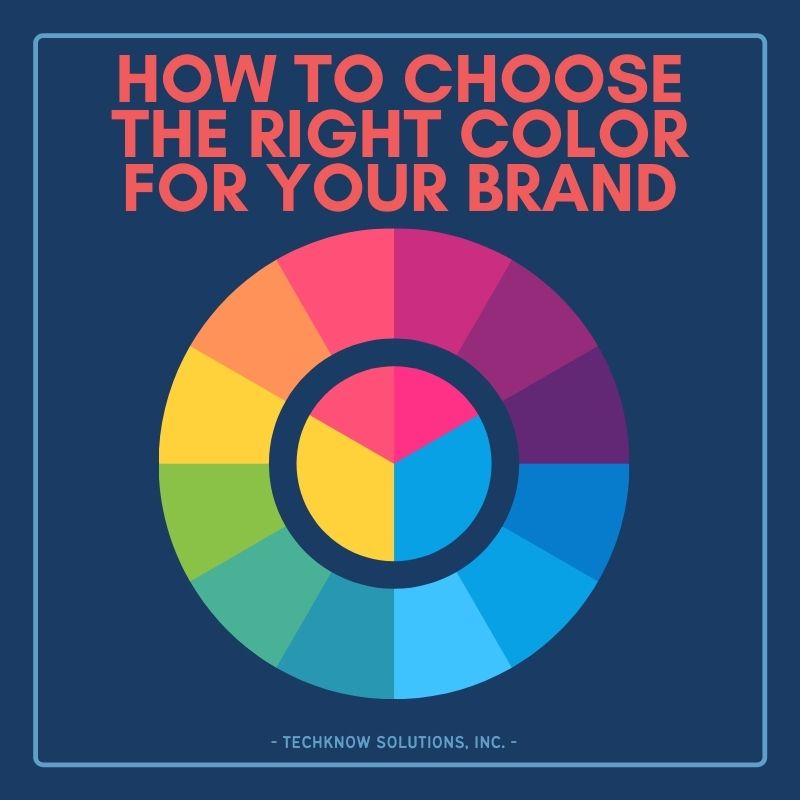
24 Mar How to Choose the Right Colors for Your Brand
First impressions are everything, and one of the first things customers will notice about your brand is the colors that go with it. While it may seem small, colors can cause emotions and feelings which can lead to the initial impression they have of your brand.
There are many brands that we immediately associate with the colors that they have picked. McDonald’s golden arches, Cadbury purple, and Barbie pink all contribute to how we see their brand. These companies have built brands that can be recognized by color alone.
So, how do you pick the right color to make sure people remember and recognize your brand?
- Understanding What Colors Mean
Color theory has extensive descriptions for each color. Instead of doing a deep dive, if you want to learn what each color means, check out our other blog about what each color can say about your business
- Identify Your Brand Essence
The main goal here is to figure out what your brand is about. What are your brand goals? How do you want your target audience to feel? Take these into consideration as you’re trying to figure it out.
Brand Goals: What do you want for your customer? To be happier, richer, more informed?
Target Audience: How do you want them to feel? Confident, intelligent, optimistic?
Personality Traits: What is the personality of your brand? Fun, inspiring, serious?
Picking colors that can help people identify what your brand might be related to without context is important. It is easier to do this when you know what your goals for your brand are.
- Identify Your Competitors
Your goal is to stand out, or at the very least be instantly recognizable, against your competitors. Since most of the time, your product will be placed right next to competitors, you don’t want yours to blend in.
- Create a Brand Color Palette
What is a Brand Palette?
Most brands may be identifiable from one color, usually the one that is in their logo, but maybe you see the same shade of a different color all over their website or packaging. It’s important to make sure that these colors, or your brand palette, work together.
Color Codes
So you’ve picked the colors you want to use for your brand palette, how can you make sure that the color you picked is going on all of your stuff? Enter color codes.
- CMYK and PMS: CMYK stands for Cyan, Magenta, Yellow, and Black and PMS is the Pantone Matching System. This color system is used for printing primarily.
- RGB and HEX: RBG stands for Red, Green, and Blue. HEX is the Hexidecimal Numeral System, which assigns a number to each color. These are usually used for things that are staying on-screen.
Fun Tip: If you have a color or color combination you like but don’t know what other colors might go with it, Google “<insert color here> coral color palette” – example: “navy & pink coral color palette”. You’ll find images that look like this and it makes it easier to find coordinating colors you like.
